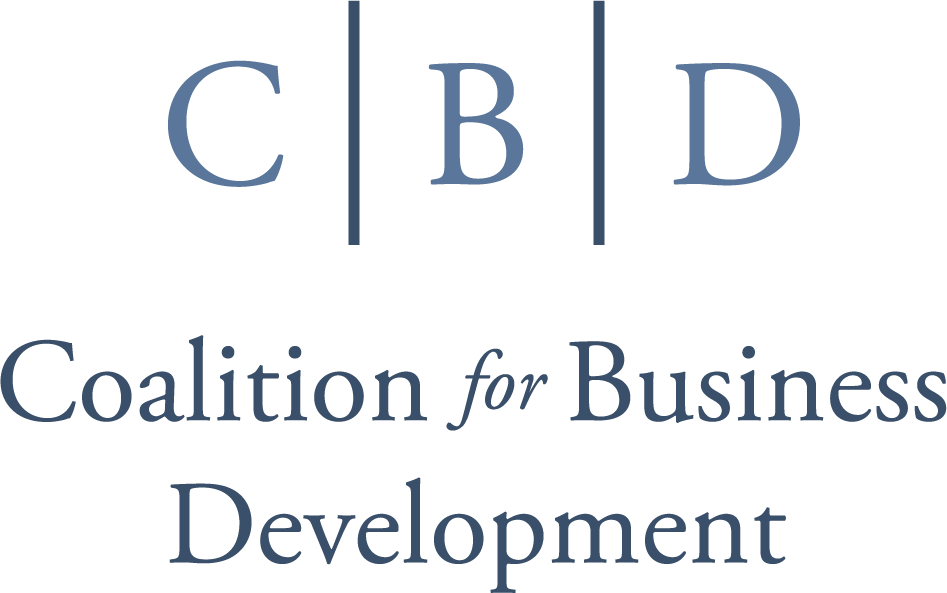FAQs
What are BDCs?
In response to a shortfall in lending to small- and middle-market enterprises (SMEs) during the economy of the 1970s, Congress, in 1980, authorized a new business form called a “business development company” (BDC). A BDC is a SEC-regulated fund governed by the Investment Company Act of 1940 that enables Main Street investors to participate in the financing of Main Street businesses. BDCs, by law, must invest a substantial majority of their assets in SMEs.
As traditional bank lending to SMEs has declined in recent years, BDCs have become even more essential to helping SMEs in every industry and geography of the United States.
The CBD’s members have provided capital to software companies, medical device companies, small retailers and grocers, home appliance manufacturers, and thousands of other companies employing tens of thousands of American workers. Today, there are more than 80 BDCs in the United States.
Why are BDCs necessary?
There are nearly 200,000 middle-market businesses that represent one-third of private sector GDP, employing approximately 47.9 million people. In the wake of the 2008 financial crisis, large banks retrenched from lending to smaller US businesses. According to the Wall Street Journal, small business lending from the 10 largest banks collectively decreased 38 percent from 2006 to 2014, while those institutions continued to grow in asset size. BDCs fill the financing gap and help small- and middle-market companies grow. Currently, there are over 80 BDCs in the United States and, at a time when bank lending has scaled back significantly for growing middle-market companies, BDC loan balances have more than tripled since 2008.
How are BDCs regulated?
BDCs are regulated by the SEC under the Investment Company Act of 1940. Publicly-traded BDCs are subject to the disclosure requirements of the Securities Act of 1933 and the Securities Exchange Act of 1934. Despite an outdated regulatory regime that is nearly four decades old, BDCs have managed to provide more than $87 billion in investment capital to American entrepreneurs and have evolved into a primary source of Main Street financing.
